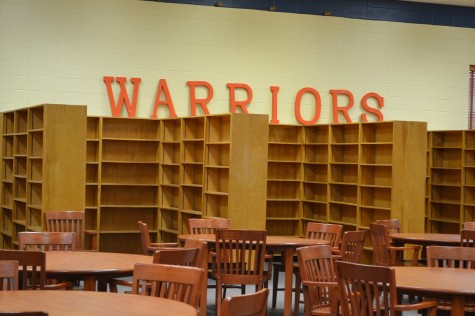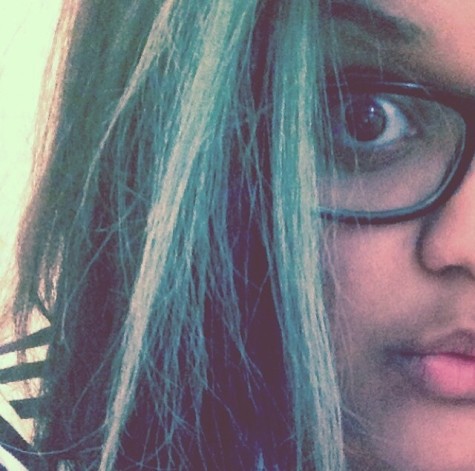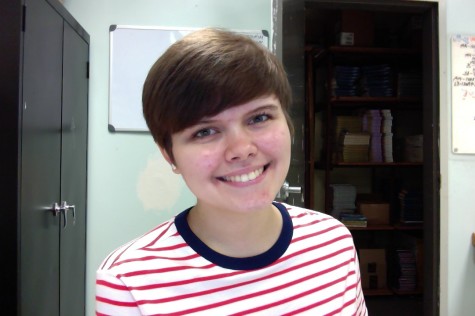Where did all the books go? Media Center expansion projected to complete in 2017

The empty shelves often receive puzzled glances, but the media specialists would love students to know that they have huge plans in store. The areas that were underutilized will get a makeover and complete by 2017 with media scapes, collaborative working areas, and comfier seating.
November 11, 2014
This year, students noticed a dramatic change in the school’s media center: many of the bookshelves that were once full are now completely empty.
“We used to have about 20,000 books and honestly, probably only about 1,000 of them circulated, or got checked out ever. So, we’ve been tasked to get rid of as many books as possible that aren’t relevant to the curriculum anymore,” said Ms. Wheeler, one of North Cobb’s media center specialists.
While taking books out of the school library may appear ironic, the books they chose to dispose of were no longer useful to many of the students.
Wheeler described the nature of the books that were discarded: “Science books that had Pluto as a planet — those had to go. Books that we’ve had since the school opened in 1959 that haven’t been checked out since 1973. Books that were very old and torn up and just worn down.”
So far, Wheeler and Mr. McDonald have disposed of about 10,000 books. Thankfully, the books were not simply thrown away.
“Because [the books] came from government funds, we had to send them back to the Cobb County Warehouse,” said Wheeler.
With vacant shelves and approximately 10,000 less books, the library may not feel like their once-full media center at all for some students. However, the plans Wheeler and McDonald have for the media center explains the need for space. The media specialists hope to implement a “learning commons model” in the library.
“[The model] is very common in college library settings right now. So, you’ll have books, but you’ll also have several different areas that are conducive to learning in different ways,” Wheeler explained.
The specialists plan to implement more comfortable areas to hopefully draw students in to read recreationally and hang out. Also, project table type areas where students can come in and work on poster boards or visual projects proves a priority.
Wheeler and McDonald also intend on making more collaborative learning areas. These areas would include modern brainstorming tools.
“We’ll have media scapes, which is where we will have horseshoe-shaped tables with chairs pulled up and kids can plug in laptops. Then, we’ll have a monitor that will plug into the main laptop for that area and the students will be able to see what they’re working on if they’re working on a group powerpoint project, or something like that,” Wheeler said.
With a project this large, the media center’s transition may take longer than expected.

Imagine a more modern, technologically-friendly working environment to replace these empty shelves that used to house close to 20,000 books that no one had checked out in decades.
“Our plan right now, given to us by the county, will take probably 2 to 3 years because it’s very costly … I think the new library will be awesome … [Students will] hopefully feel more welcome and comfortable in here because it’ll be more hip and kind of cool, but it will take time,” Wheeler elaborated. “So, the library is going to look very ‘un-library-ish’ for another year or so and then, hopefully, we’ll start seeing transitions that are more obvious that the students will be able to enjoy. Students are obviously welcome to come in and use the library as much as they want, as they do now. It’s just that there will be construction every once in a while, but we’ll try to do that over the summer.”
Because of how long the process might take, students may feel strange towards the media center and its vacant bookcases for a while longer. However, the time-consuming transition will ultimately pay off, and by 2017, couches and tables will replace the now empty shelves. Until then, both students and the media specialists hold high hopes for the future library.







